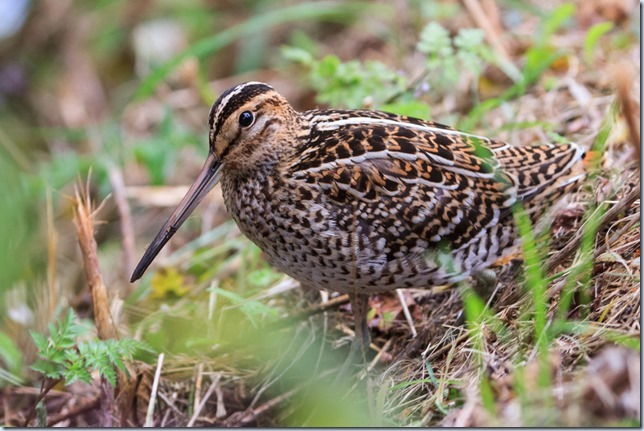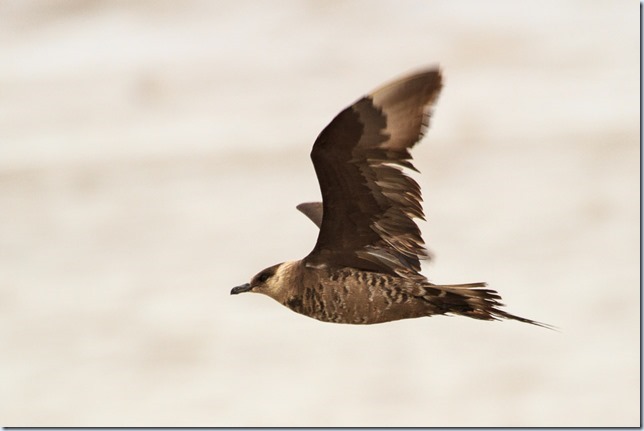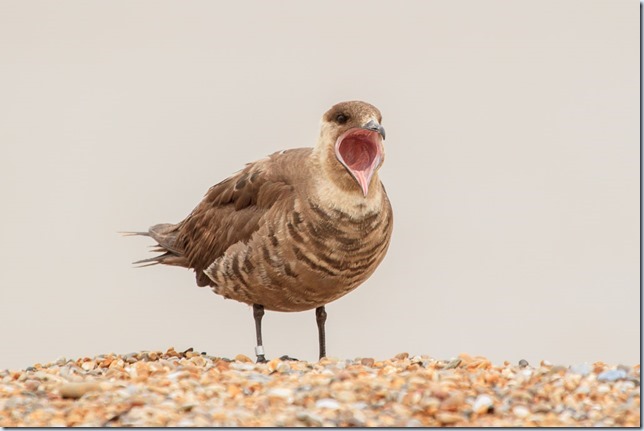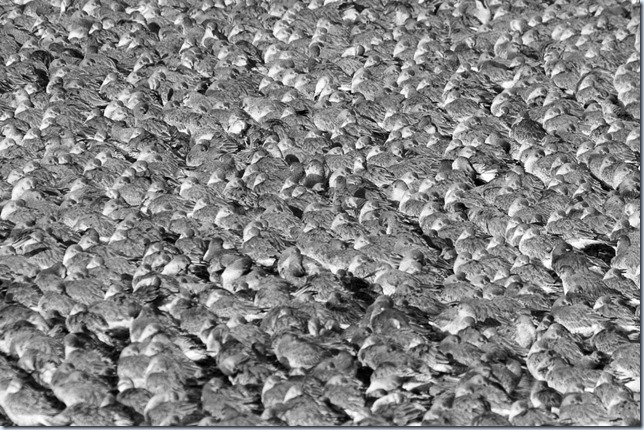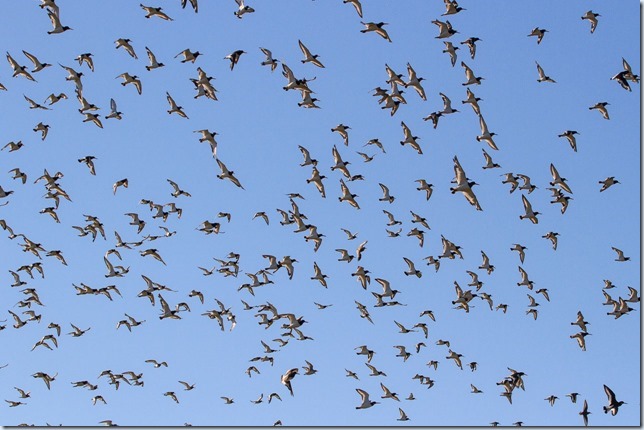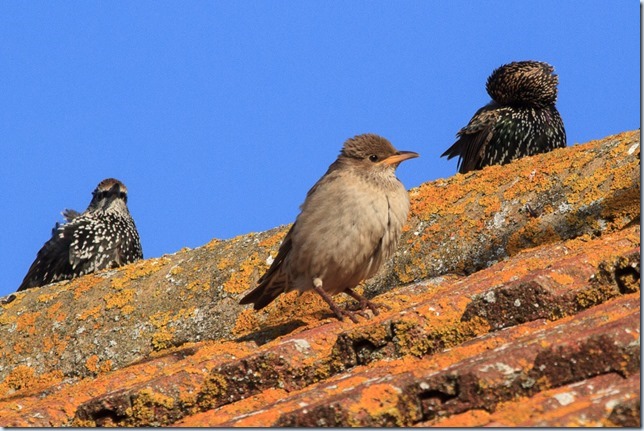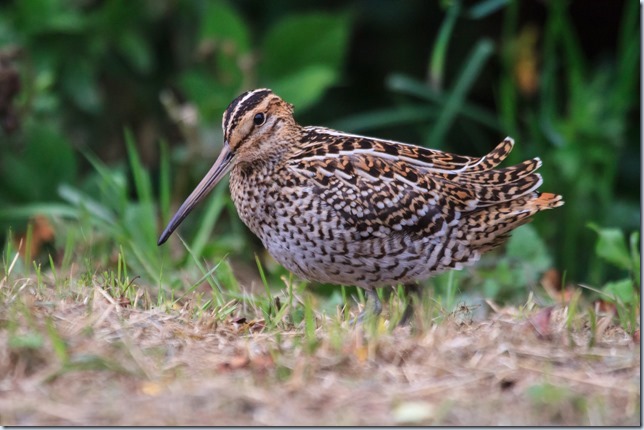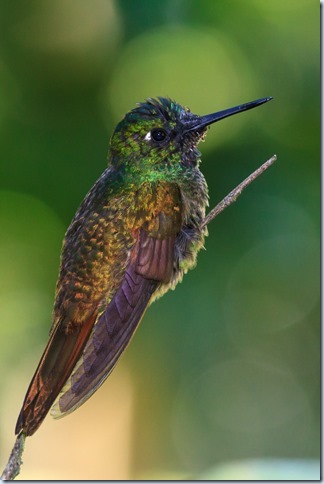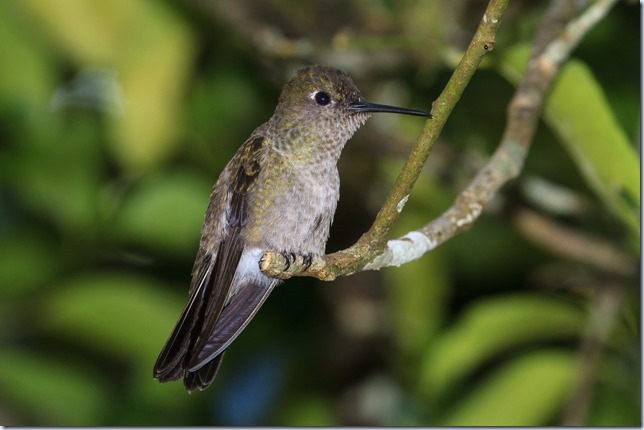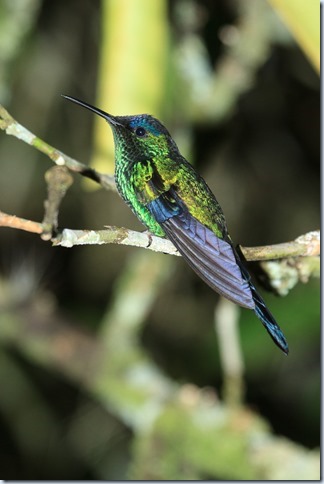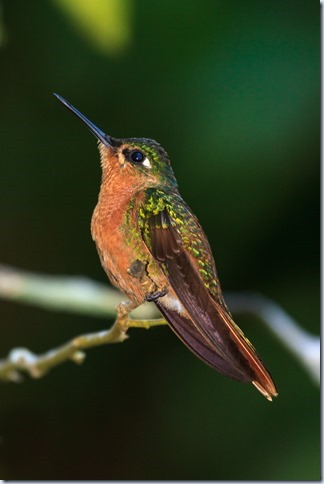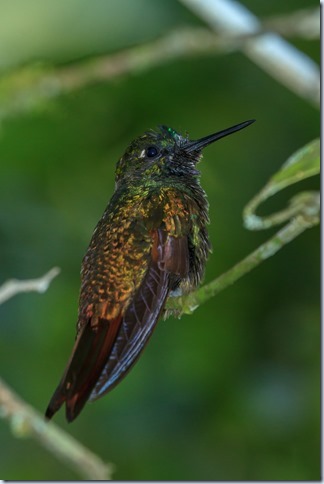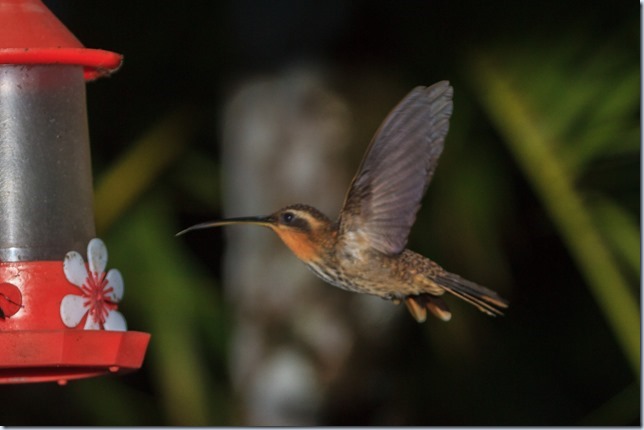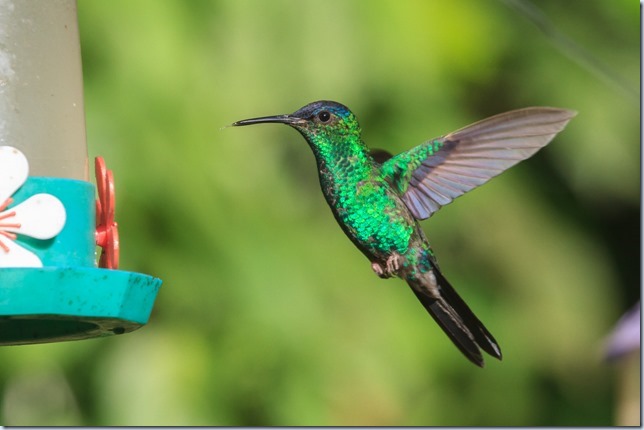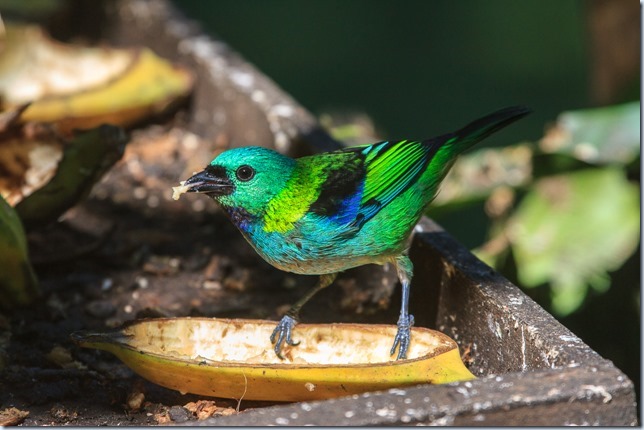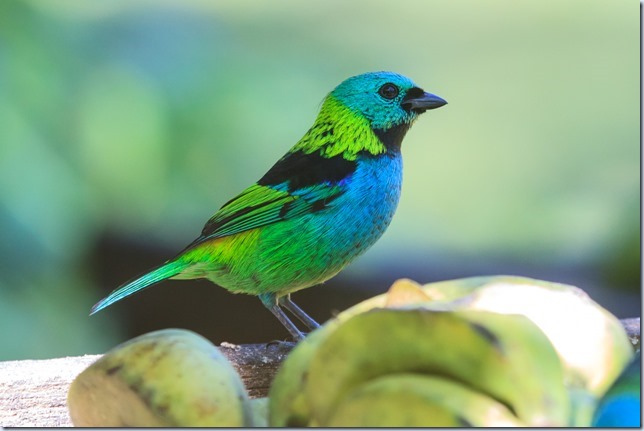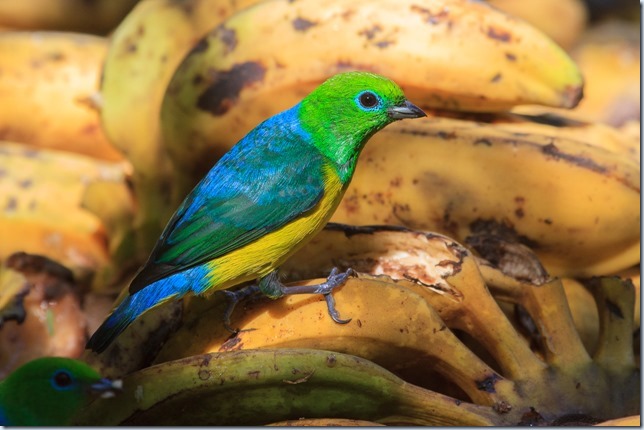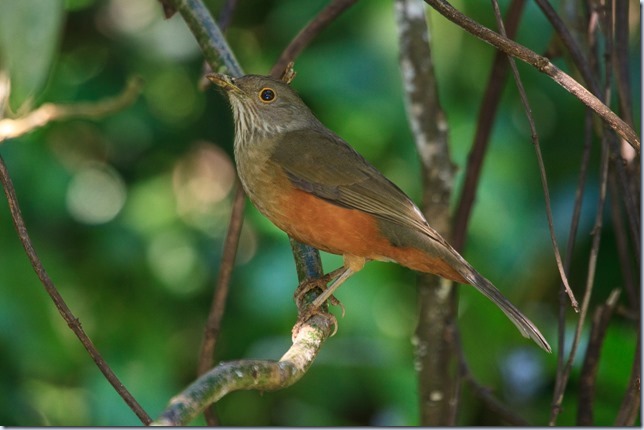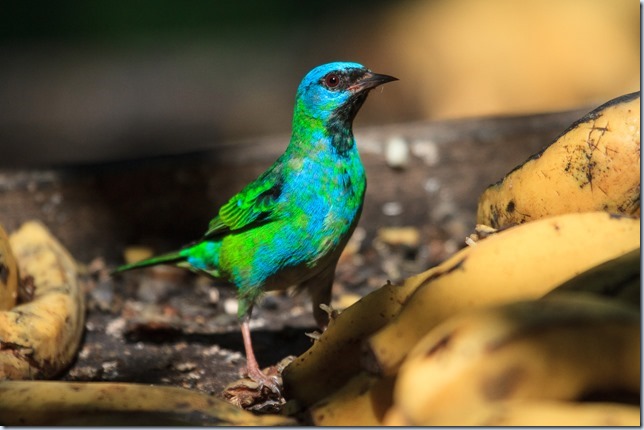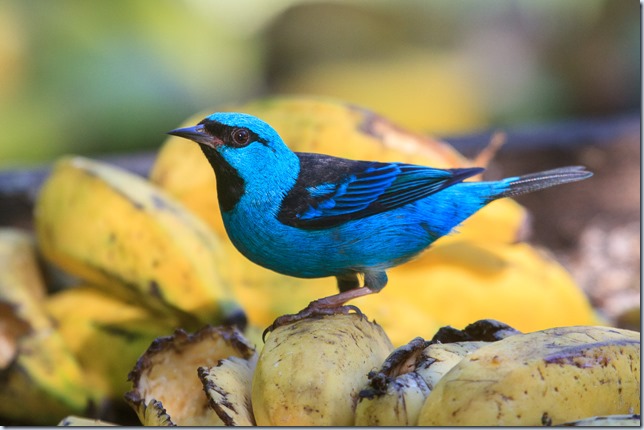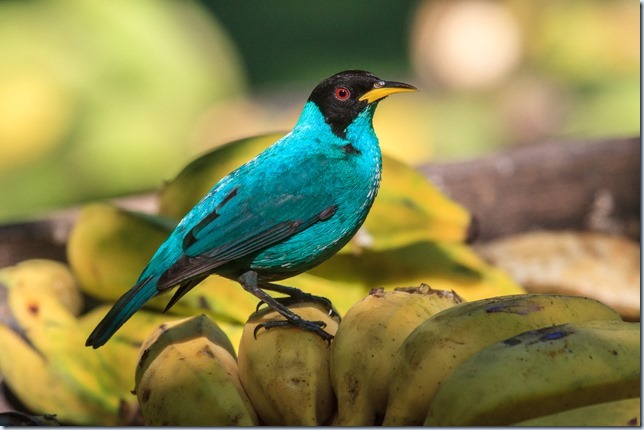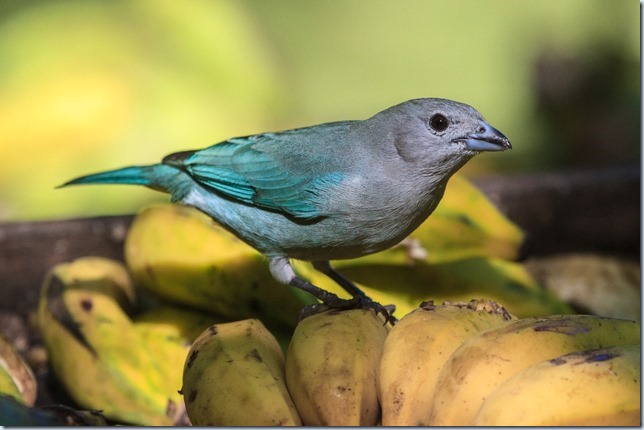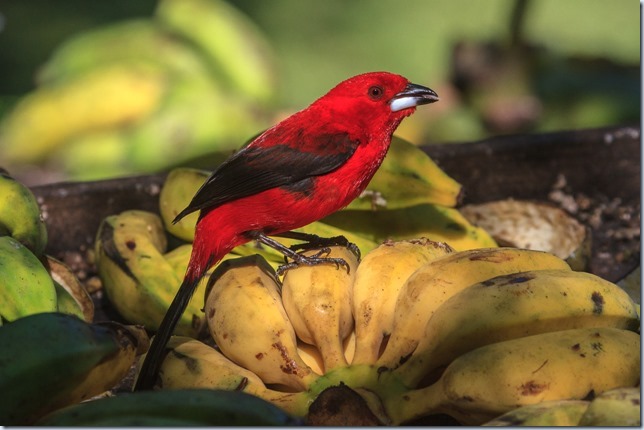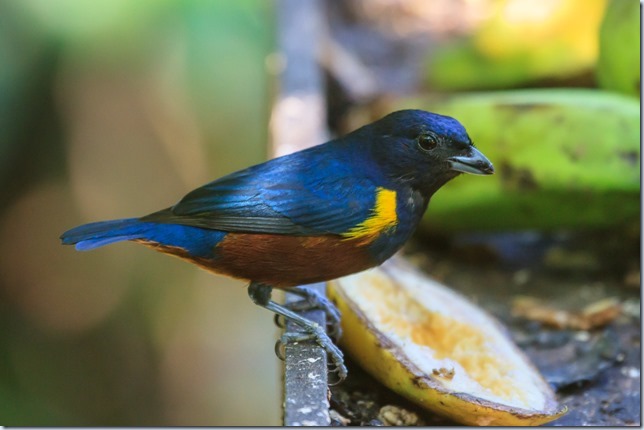So, as promised – some more pics!
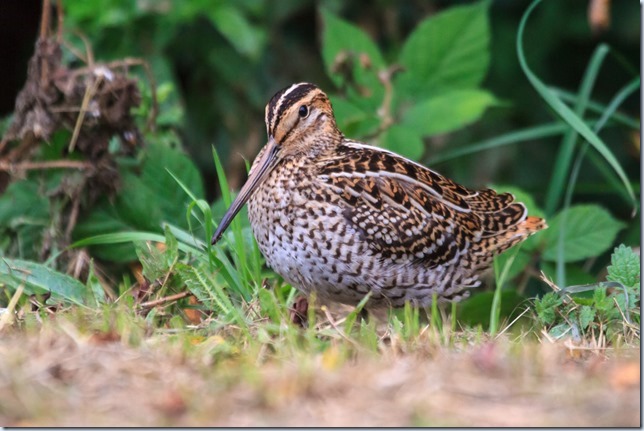
But before I get carried away, a bit more on the background to the bird.
There have been over 600 accepted records in the UK – so why the big fuss, you might ask? Well, for a start, the vast majority of those are pre-1950, and relate to birds shot (or ‘obtained’, which is the same thing!). Not much use to the modern day twitcher! Of the records since 1980, over 60% were seen on one day only (probably many by the finders only), and many were on the Northern Isles. Even when a bird has hung around somewhere accessible for a few hours, or even a second day, views are pretty much always of a bird in flight that has been flushed out of cover. So… a tricky species to catch up with, let alone see well. And I should know – I’ve narrowly missed at least five, including one which must have flown past or over me!
And I nearly didn’t even go for it…
News broke late afternoon on Saturday, as I was driving home from a seawatching session in Norfolk (content with finding a smart adult Sabine’s Gull, since you ask). When the second message came through indicating that the bird was still showing, I stopped to consider my options. Certainly couldn’t make it to Spurn before dark – but I could get up there ready for dawn the next day. I’d stupidly forgotten to put the sleeping bag back in the car, though, and a £35 Travelodge room on top of petrol wasn’t as cheap as I’d hoped. And anyway, the weather forecast revealed a crystal clear night ahead with very light winds over the east coast, giving way to strong SW winds later on Sunday. Surely the bird would move on, and with little chance of anything else turning up, it seemed like a fool’s errand… and so I continued on south.
Back in London, I pondered having a lazy morning at home, waiting on the off-chance of positive news. But the best weather of the day was the morning, and it would be a massive waste of time to do nothing – my free weekends are too precious to pass up like this. Confident that Mr Snipe would be long gone, I headed across the river into Kent with Shaun to enjoy some commoner passage waders. But not long after we arrived, the message I’d dreaded came up… and was quickly made worse by stunning photos, obviously taken at point blank range. How long would a usually-skulking snipe continue to show before it was flushed, though? Not long, I reasoned, even telling the world: “decision made – I’m not going!”. But after a couple more positive messages leading to inward groaning, Shaun read my mind: “You want to go for it, don’t you?! I don’t mind… just drop me back home, and I’ll go back for the Red-backed Shrike at Canvey.”
After five minutes of agonising indecision, I caved in. Crazy or otherwise, it was Twitch On!
Racing the worst of the weather north up the M11 and A1, the news remained positive, including happy texts from friends from Suffolk and Sussex who’d been more decisive and got there well before me. The last half hour of the route, east of Hull, was complete torture with endless villages, 30 and 40mph limits, and worsening weather. Happily though, when I arrived, the rain wasn’t too bad… and there was a Great Snipe parading around just feet away from a baffled and delighted crowd of only about 40 people.
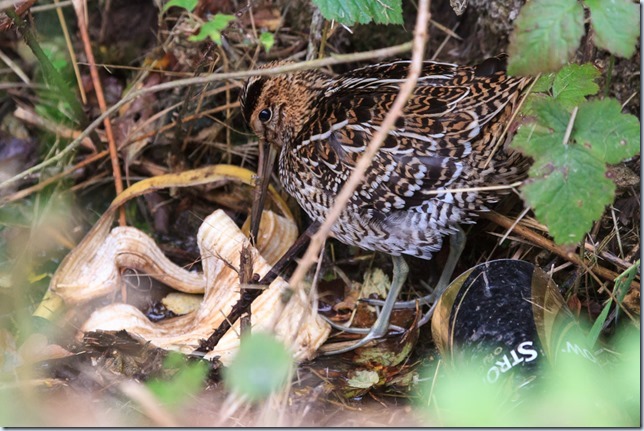
Initial views featured particularly salubrious surroundings – note the cider brand placement and the remains of some birders’ packed lunch in the above pic!
After a while feeding in the base of the ditch, the bird emerged onto the bank, heading straight for me:
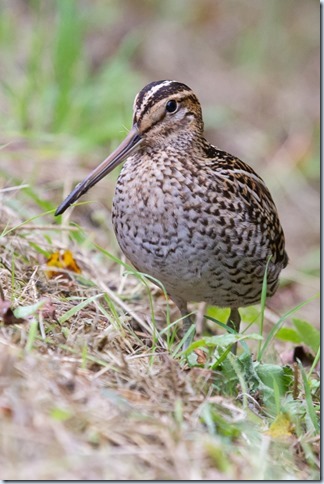
… before walking past no more than two feet away. Crazy!!! It clearly hadn’t read the script, and continued to show blindingly well just below the assembled birders.
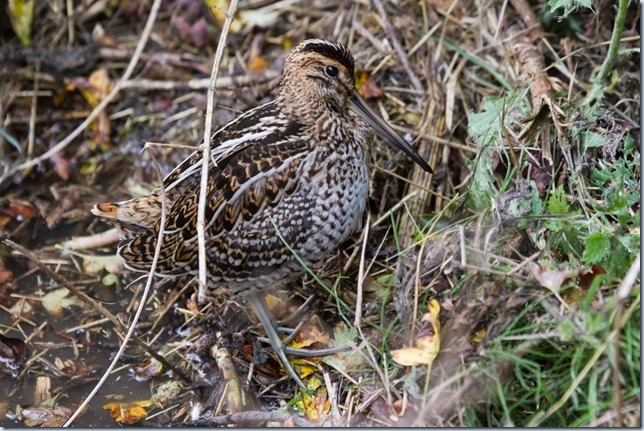
On a couple of occasions, once after an especially energetic preening session, it popped its bill under its wing and settled down for a lengthy nap – in full view!
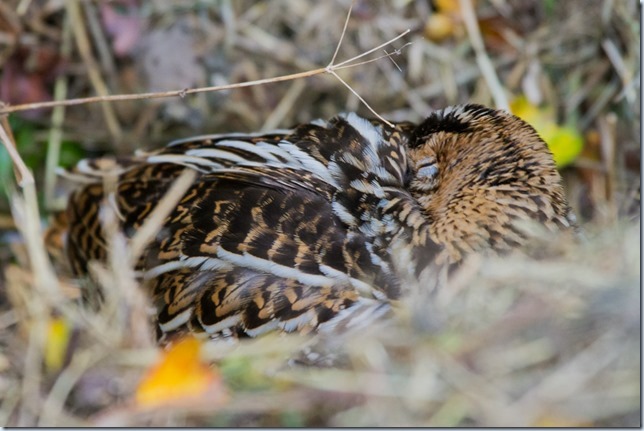
Later on in the day, it emerged once again onto the grass verge, scattering birders out of its path, before settling down to feed again, just yards away.
What an utterly amazing bird! As far as I know, there has never been a Great Snipe that’s showed like this in the UK before, and I don’t know anyone who’s seen one like this abroad either… so quite possibly a once-in-a-lifetime experience!
